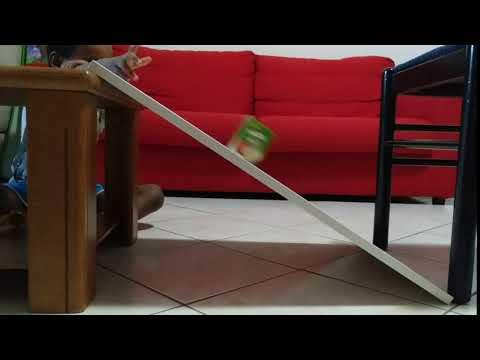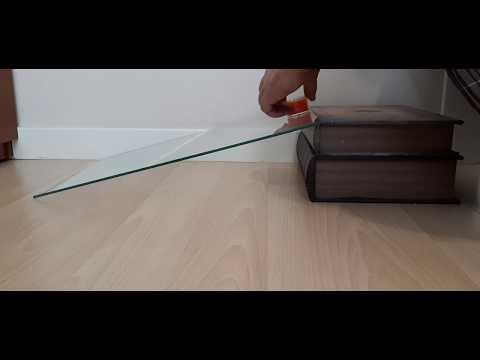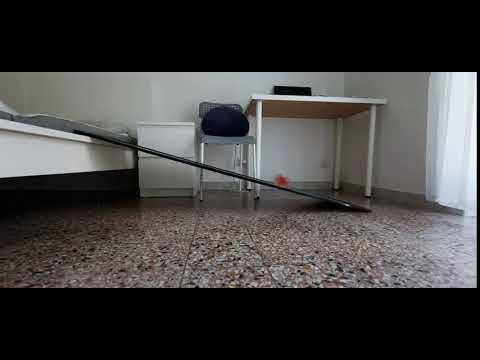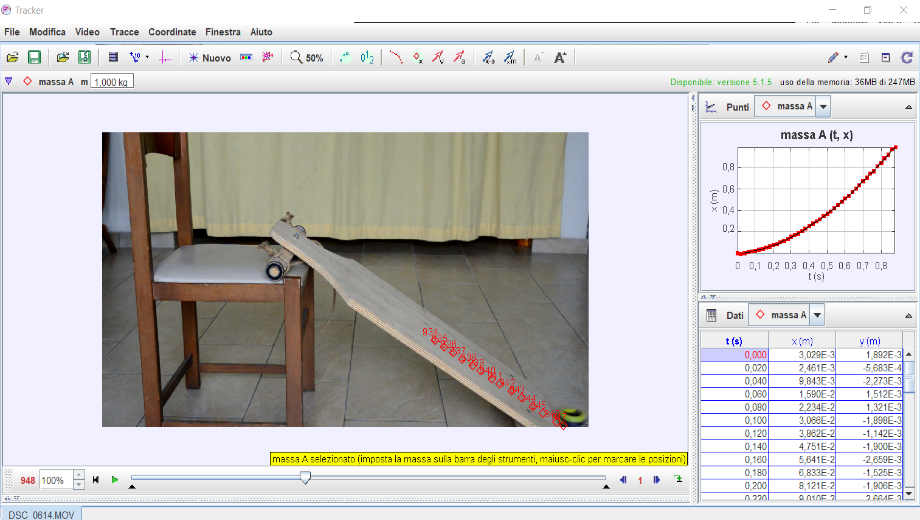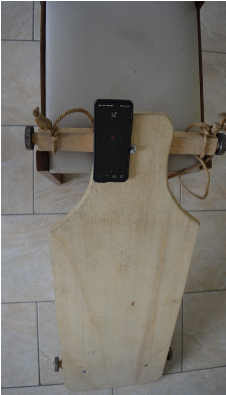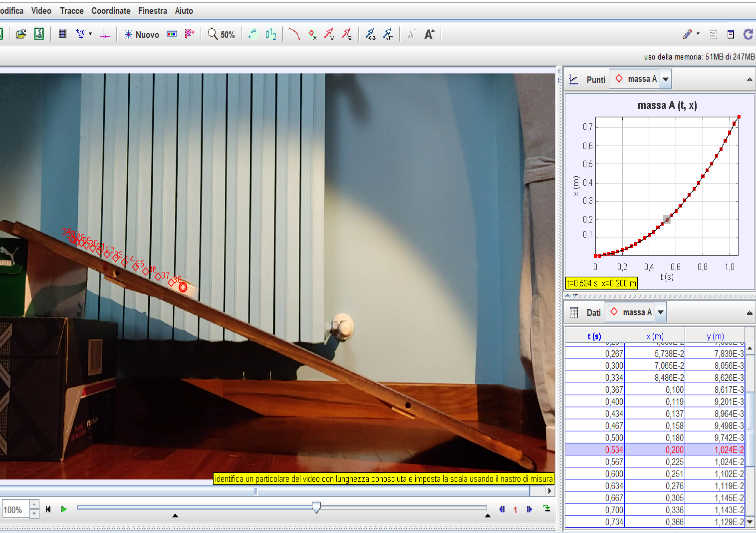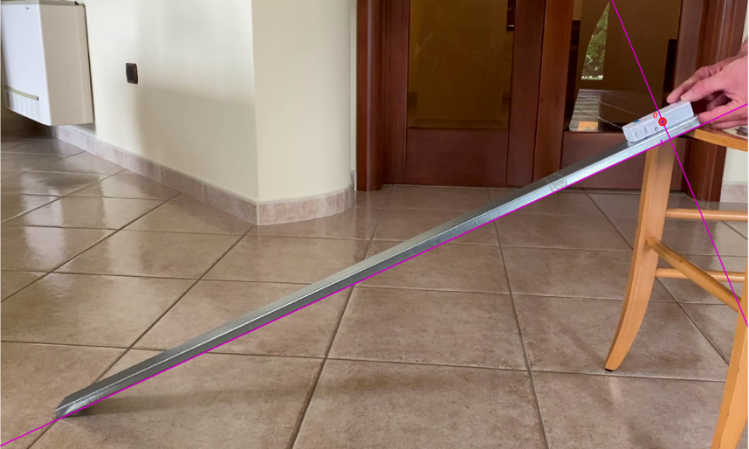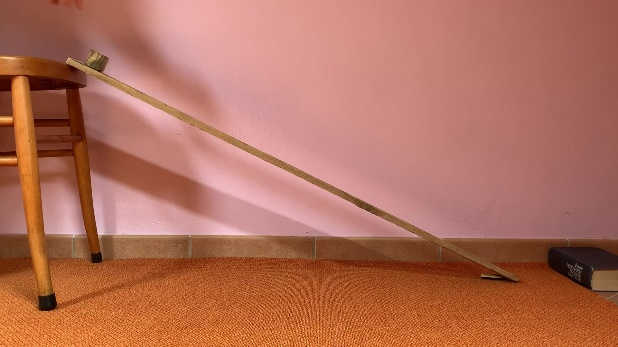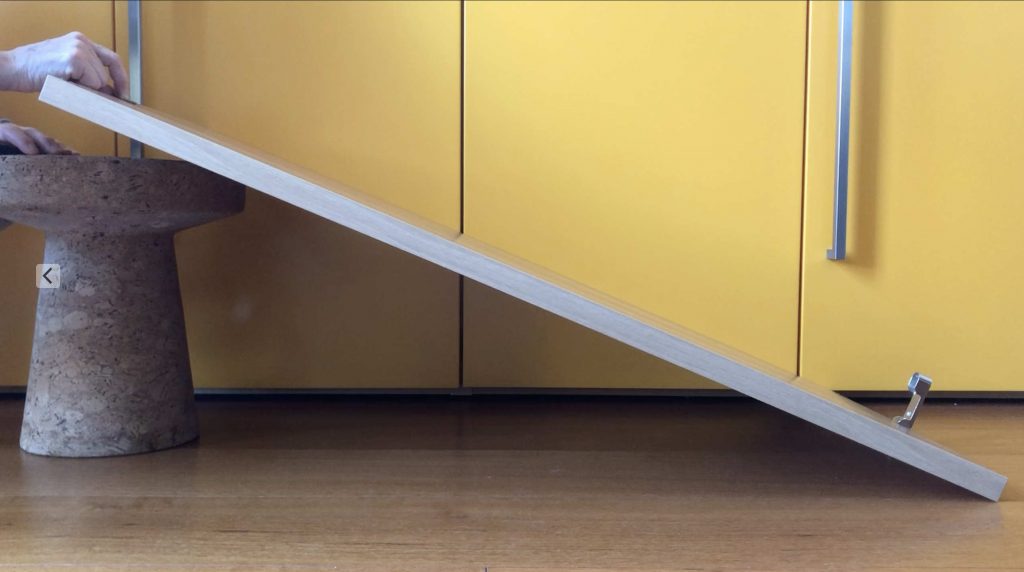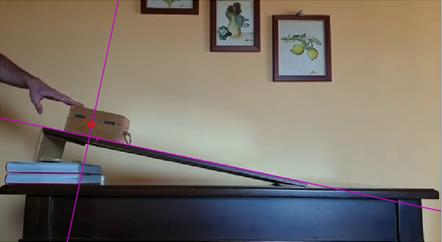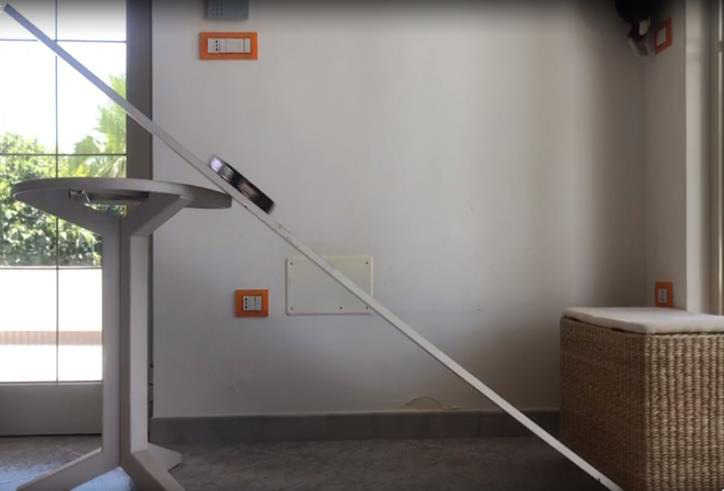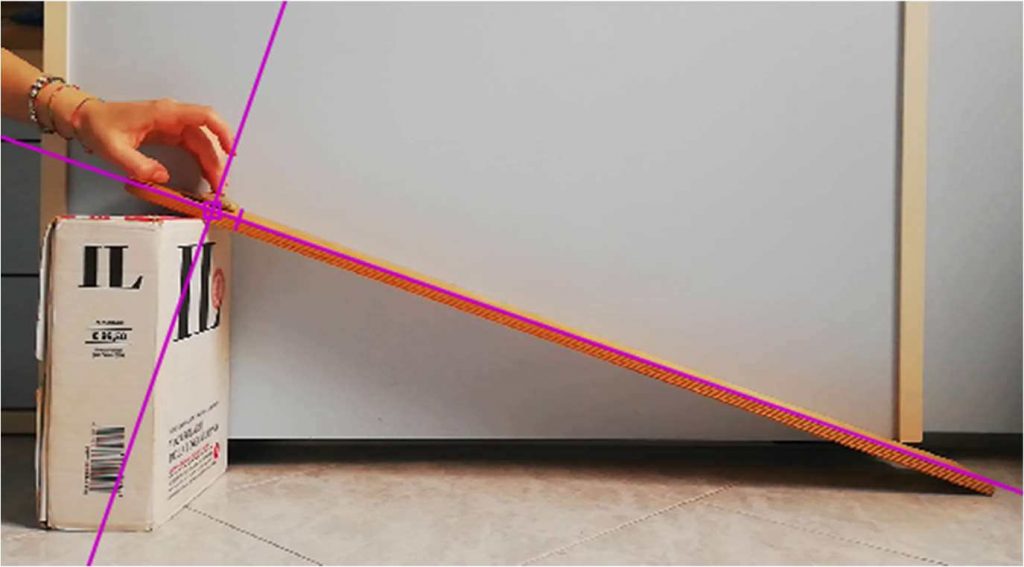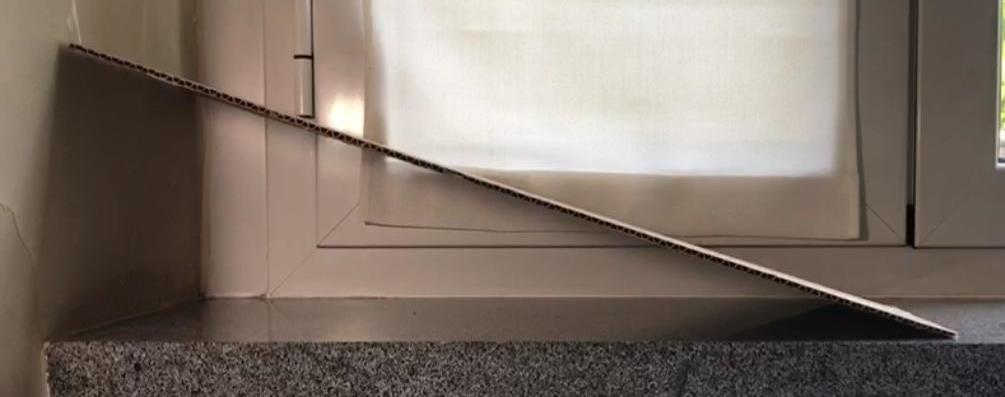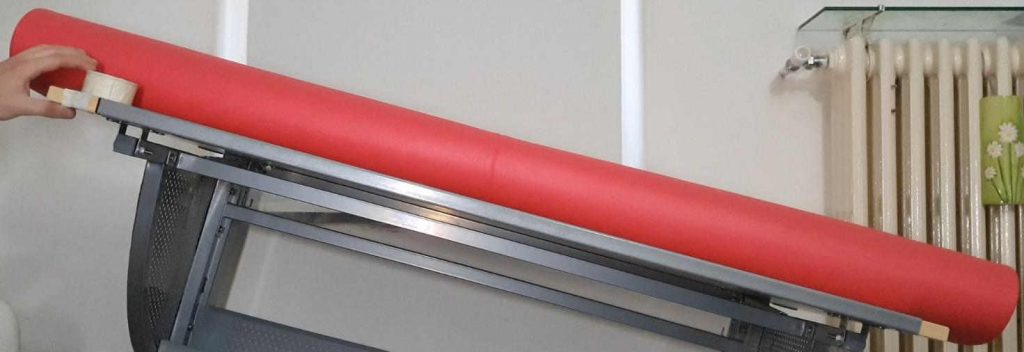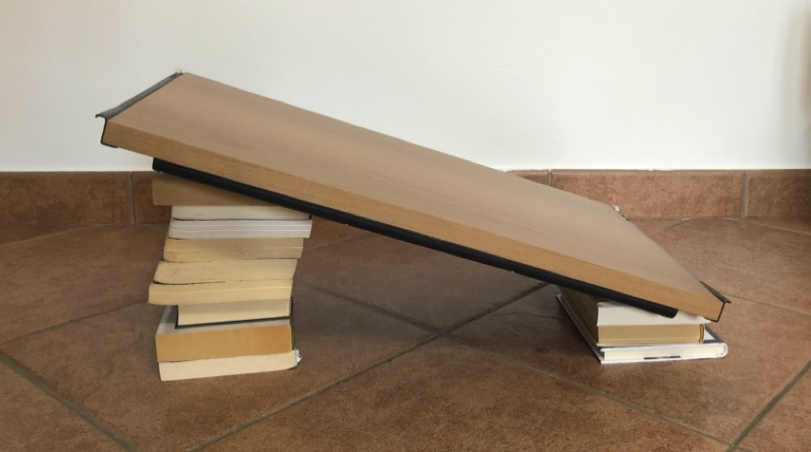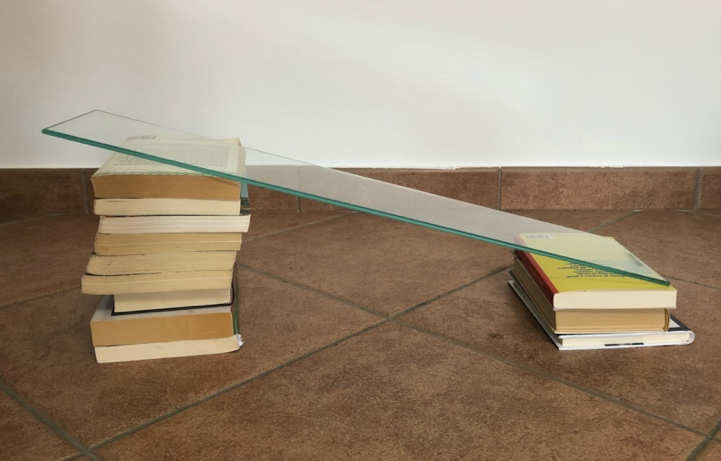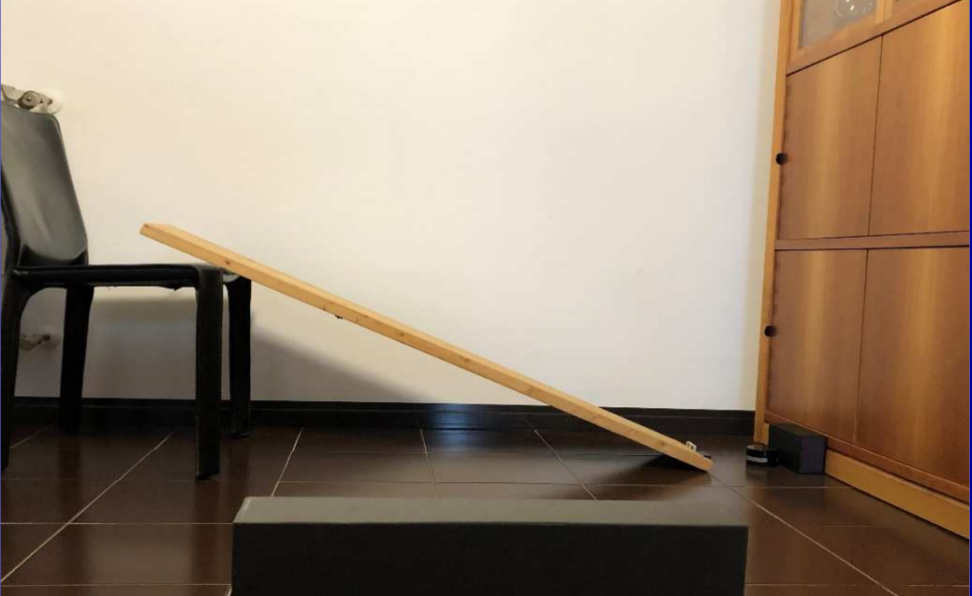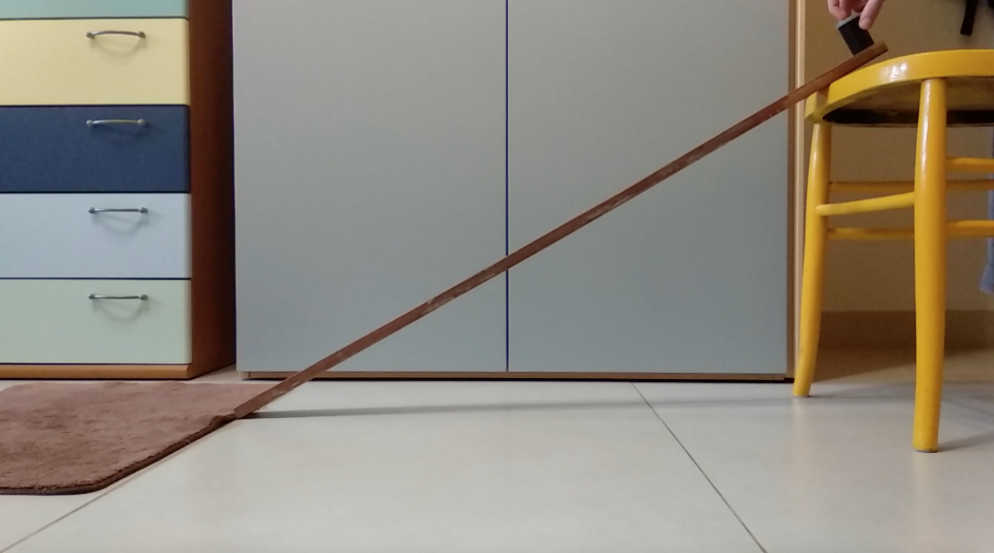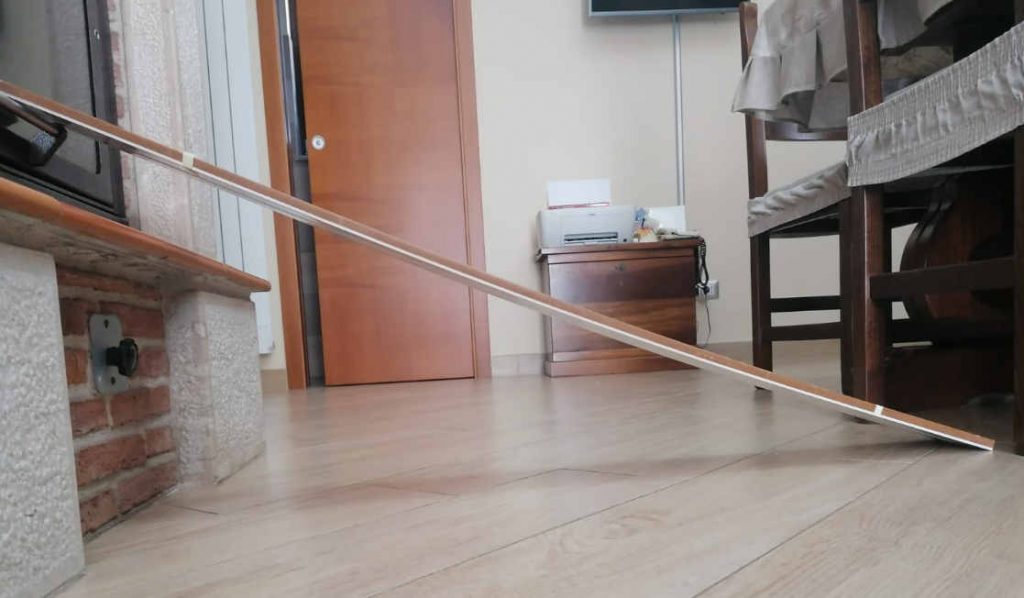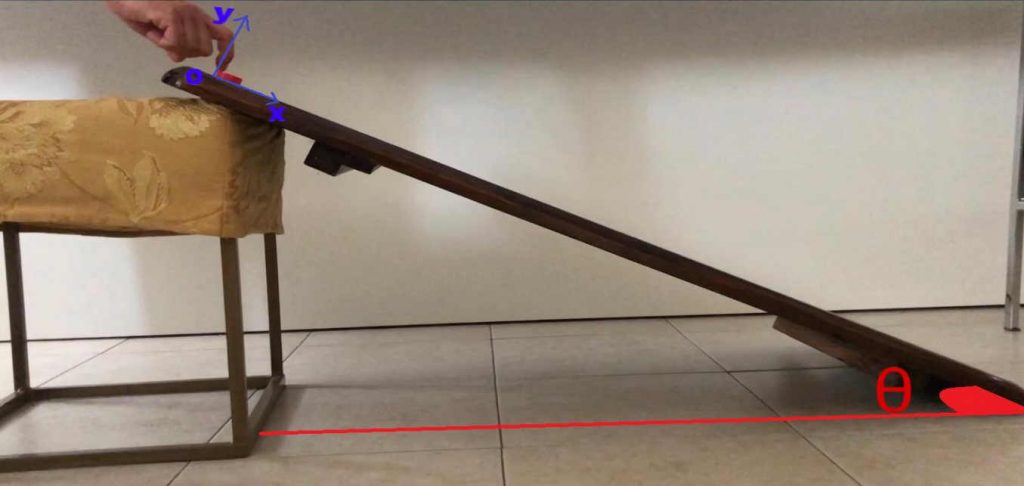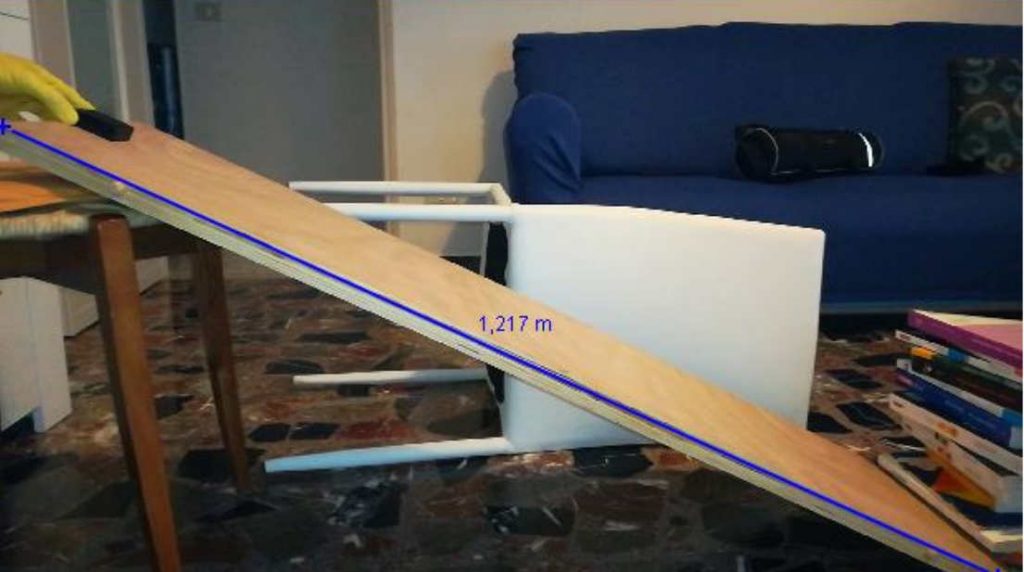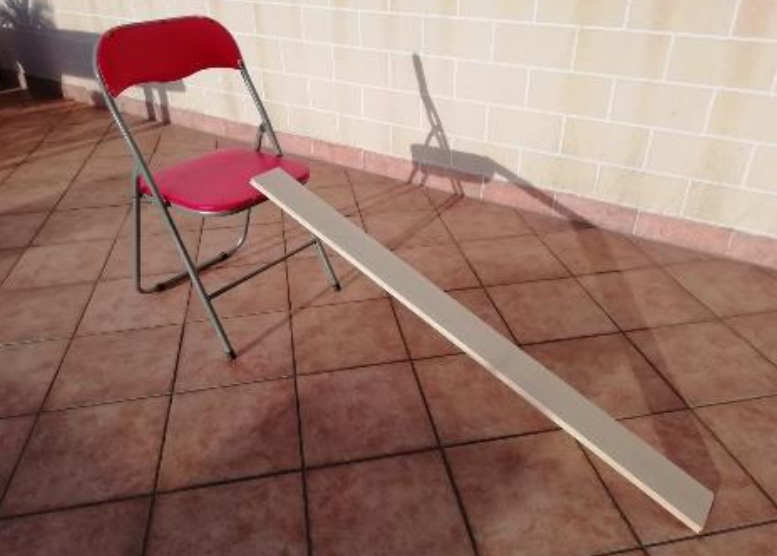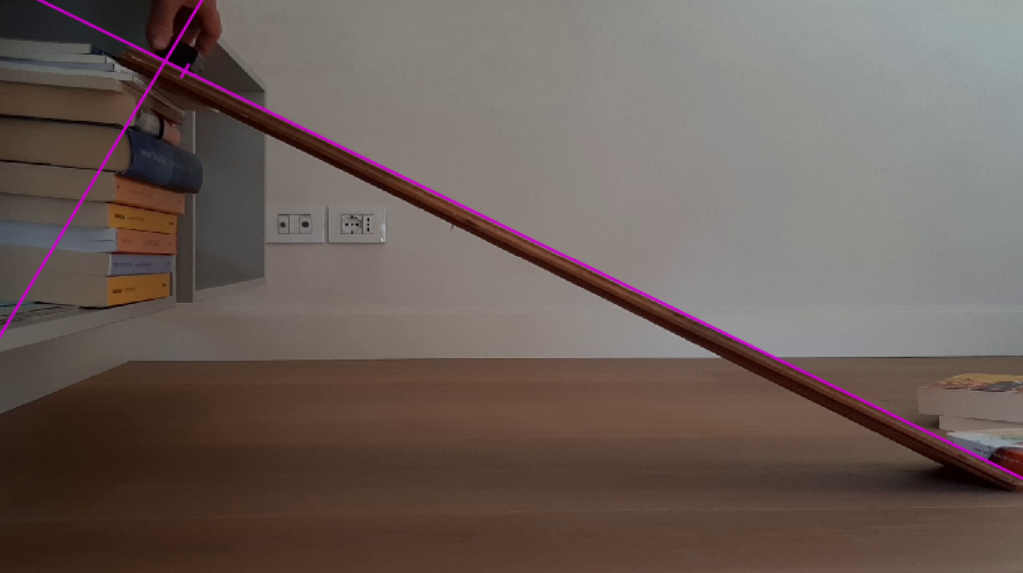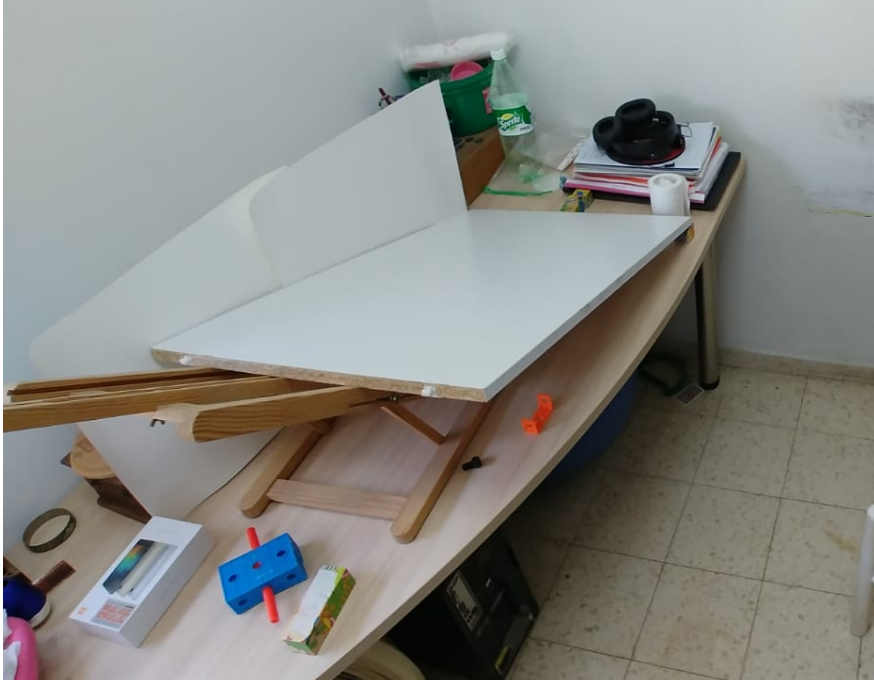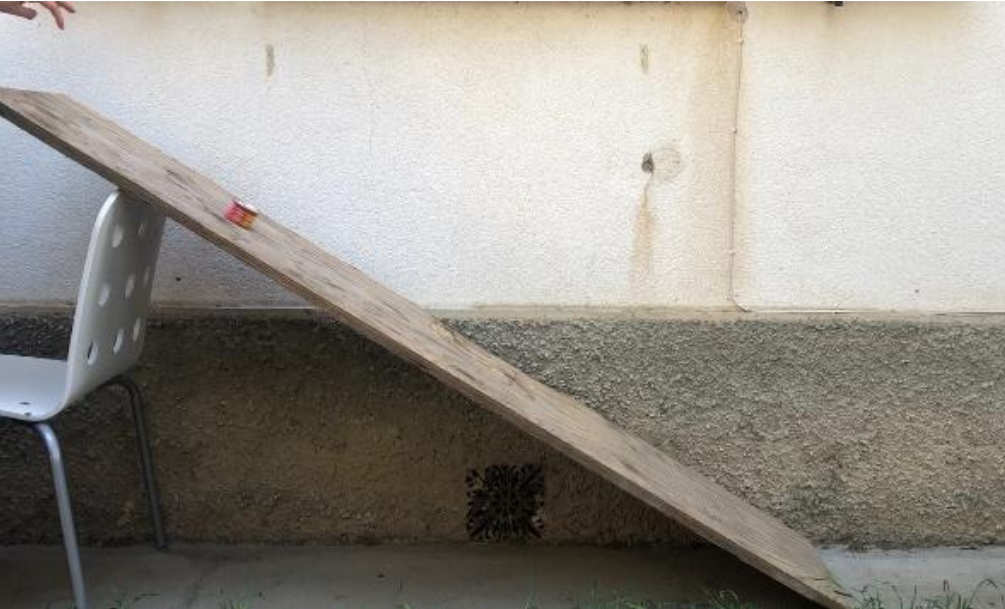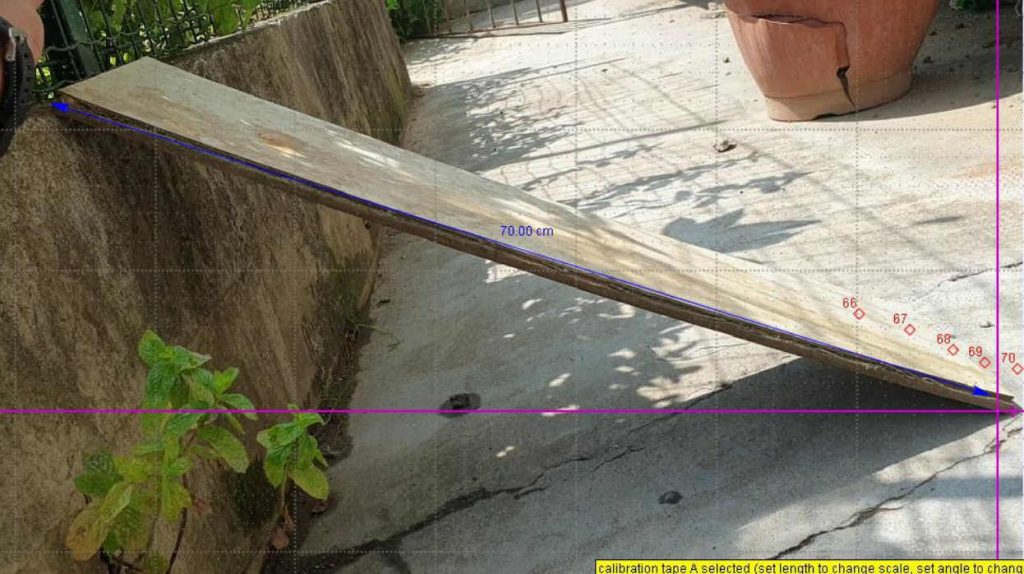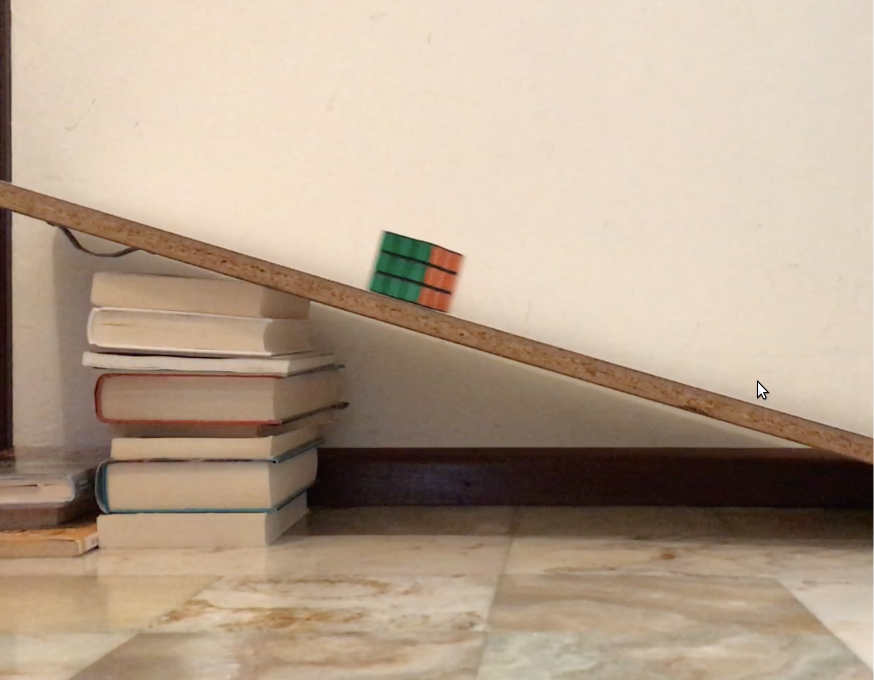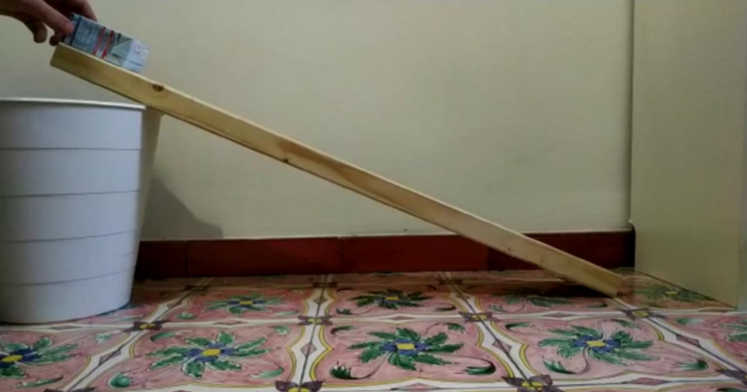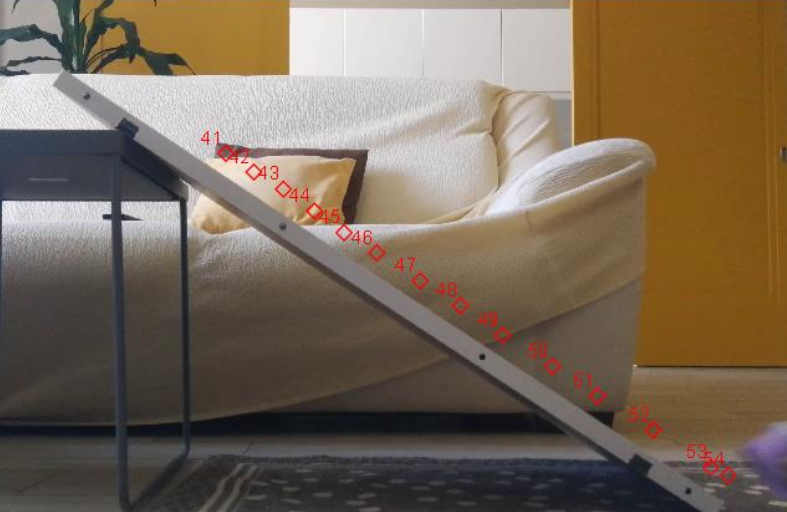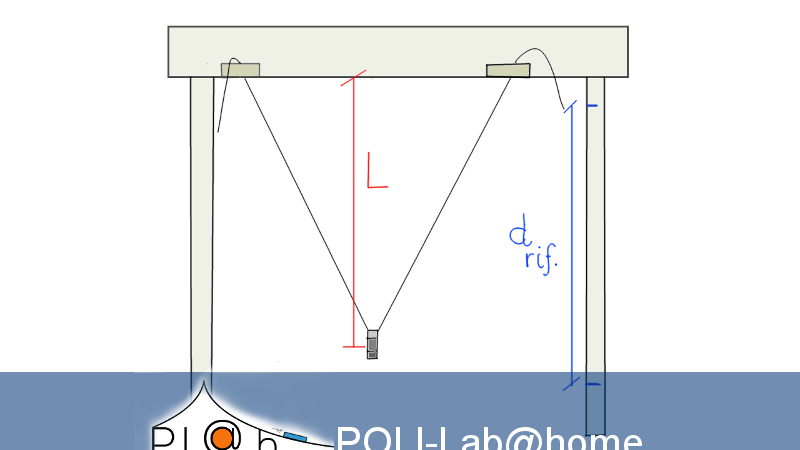Inclined Plane
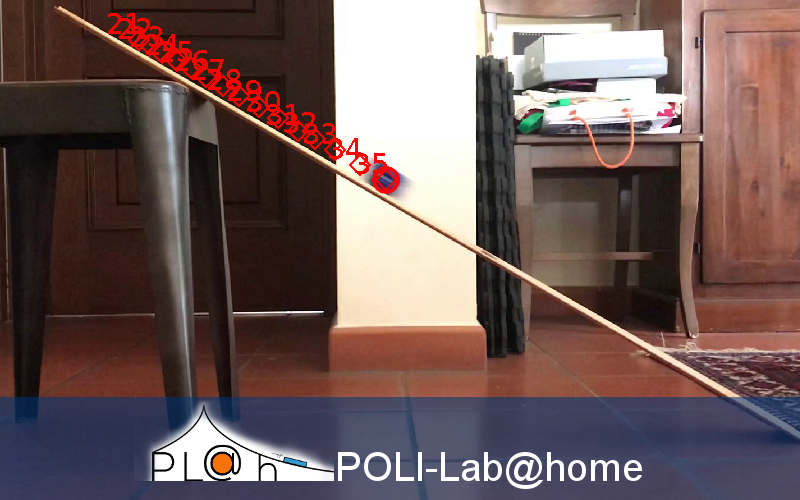
We track and measure the position of a body falling along an inclined plane in order to evaluate its acceleration. Once both the acceleration a and the angle of inclination are known we may even estimate the coefficient of kinetic friction, \( \mu_d\). In the pdf below you will find a complete description of two experimental activities you can carry out even @home, building your own apparatus. You will have to make an inclined plane, choose a suitable body and make a video of its fall along the plane. Opening the video within Tracker, you will measure positions and times, thus collecting the required data to carry out the two proposed activities:
- Parabolic Fit of the Tracker \( x(t) \) plot.
- Least Square Method to evaluate both the acceleration and the coefficient of kinetic friction.
On the page Tutorials you will find one video (in Italian) showing how to use Tracker, another video about how to evaluate the uncertainties through differentiation, the FAQs.
IMPORTANT. The Politecnico di Torino is collecting the experimental results of these experiments. Go to the FORM page and fill the forms inserting data and impressions about your experiment!
Histogram of the inclination angles chosen by the students.
Histogram of the inclined plane lengths.
In the table below we publish the average values of the coefficients of kinetic friction. These values come from the students that, up to now, have filled the Form. Please note that, since we do not have a complete control of the surfaces generating friction, the reported values are merely indicative.




